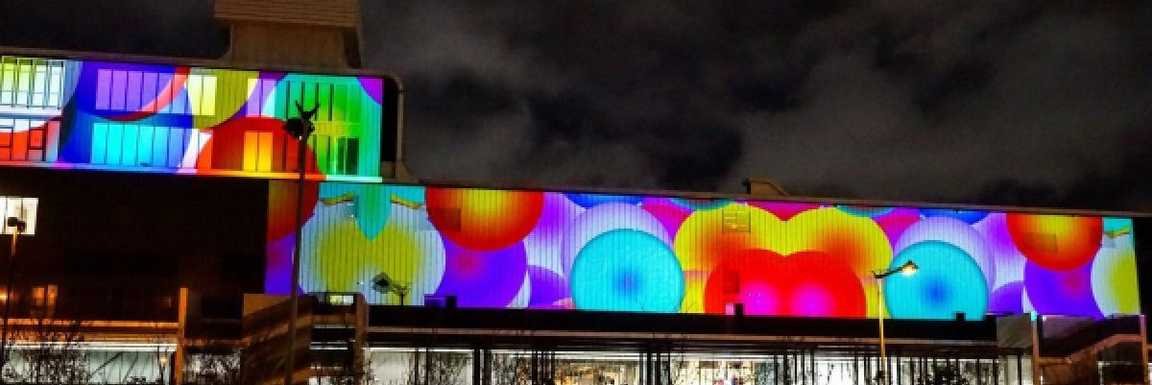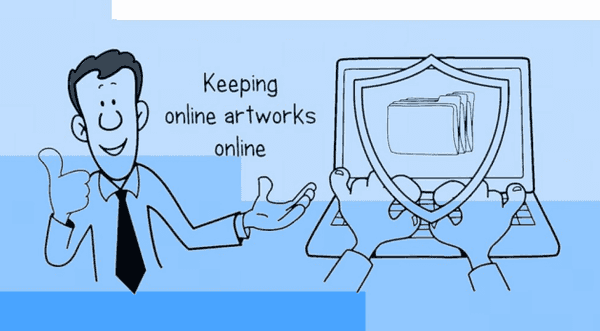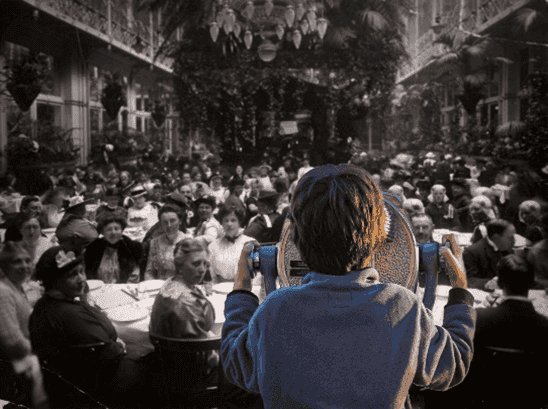
Archiving Net Art
Net art archiving from Web 1.0 to 3.0.
What Is Net Art?
Net art is an expansive, hybrid set of artistic practices that overlap with many different types of media and disciplines. It includes not only the critical use of the web as an artistic medium, but also informal practices such as selfies on social media and short-form Twitter/X posts. Annet Dekker (independent curator/researcher) who has written extensively on net art, describes net art as a process rather than a fixed object – a stance on the art form shared by LI-MA.
Many artists and their works represented online are indispensable to the history of digital art and culture. Yet the web is innately ephemeral, with net artworks and their documentation frequently subject to loss. The insecure access to these materials presents a serious risk to the preservation of digital media art history. What’s more, the rapid obsolescence of the hardware and software these works depend on – as well as their changeable nature and use of proprietary components – make them especially challenging to conserve.
How to Archive Net Art?
There are several ways to archive a website. You could simply save a webpage to your hard drive, use a free online tool such as HTTrack or the Wayback Machine for remote harvesting. However, the best way to comprehensively and accurately capture a work is to use an automated archiving solution that registers every change.
The resulting web archive then becomes a record of the interactions with a net artwork. It may include HTML, JavaScript, images, style sheets, video, audio and other elements which can be aggregated into an archival file (WARC). This can provide better context than isolated screenshots and can be generated either on the client or server side of a website.
- Transferring website files in original formats (HTML, images, style sheets, etc.)
- Client-side archiving of websites, which involves crawling websites (see below) with Heritrix (open-source crawling software developed by the Internet Archive), Archive-It and Web Recorder / Conifer (open-source crawling software developed by Rhizome).
- Server-side conservation of websites such as ArtHost (see below), developed by LI-MA and Dulltech.

Rafael Rozendaal - Taoyuan museum of fine arts in Taiwan
Where to Archive?
National and international organisations and networks such as the IIPC, NDE, Rhizome and LI-MA have investigated and shared knowledge regarding the best practices for archiving websites – each emphasising their own solutions to different pressing needs.
On LI-MA’s part, we have researched options for website archiving and preservation since the early 2000s, focusing on the preservation of net artworks – including those dependent on social media platforms – and curating and capturing them in a variety of ways:
What is Web Crawling?
The archiving of websites can be done via a technique called remote harvesting or web crawling. This process retrieves web pages (including images, designs, and downloadable documents) from targeted web pages through the use of specialised programs or software. Remote harvesting is done on the front end or client side of a website and creates a snapshot of a site at a particular point in time. Challenges to this approach include difficulties crawling complex sites with dynamic content, the results of which cannot be played back. Most crawling tools, following the international standard, provide archival container files (WARC) as a product.
Although web crawling can be a useful tool for preserving vulnerable digital heritage or identifying changes in a work over time, it is not the best tool for preserving net art works, given the aforementioned concerns surrounding fidelity and exactitude to the source. Works by artists such as JODI, Constant Dullaart or Olia Lialina do not follow the logic of mainstream website structure, and the result of harvesting these sites will therefore not be representative of the original work. Furthermore, crawling a website delivers static information, in the process losing all characteristics related to interactivity and user experience.
What is Server-Side Archiving?
Website archiving can also be done on the server side, meaning that one archives the backbone of the website. This includes the source code, documentation and conceptual information that composes a net artwork. To aid in this process, files, documentation and source code can be requested from an artist or institution, or a representative thereof.
ArtHost
Based on the specific needs of net artworks and their artists – revealed by multiple case studies – LI-MA investigated a hosting service with net art in mind, in collaboration with Constant Dullaart (Artist), Rhizome and NDE. The result, ArtHost, offers server and browser hosting solutions, providing sustainable ways to give access to online artworks, with easy-to-use tools for uploading, ingesting, file checking, documentation and maintenance.
Header Image: Rafael Rozendaal - fillthisup.com, 2014 (KRC Collection)









